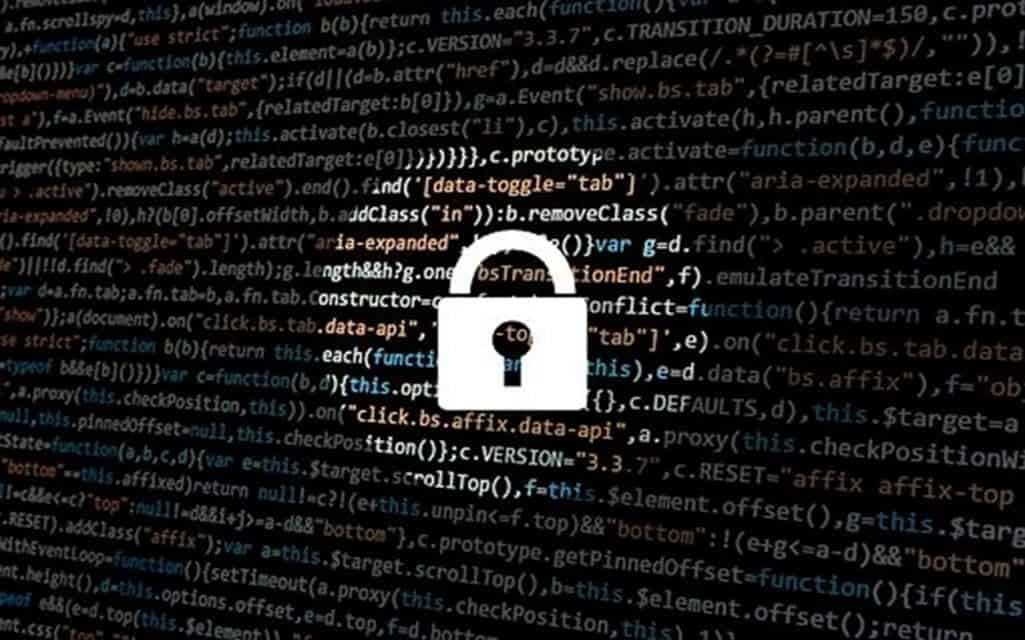ASM (Attack surface management) is the constant inventory, discovery, prioritization, and classification and monitoring of digital assets’ security externally present that contain sensitive data that can be processed or transmitted. The attack surface is all data currently beyond the firewall that is prone to threat and is a liability to the organization since it makes the organization vulnerable to external attacks. It is better described as a cinch in the armor of data security in an organization and can be used by anyone maliciously. Attack surface management is to manage and prevent that data from getting attacked/ tampered with.
Why is ASM important today?
Some studies show that over 30% of all the security breaches in the organization are due to the company’s vulnerable IT assets that are not protected. Suppose the organization fails to conduct a thorough and timely attack surface analysis. In that case, it makes it easy for cybercriminals to take advantage of this vulnerable position without alerting the security experts. Hence, it is essential to do an attack surface mapping that allows the IT cybersecurity team to figure out all the loopholes and vulnerabilities in the attack surface before it is too late. Following are a few risks that could arise if there were no attack surface reduction plans put in place:
- There would be no attack surface visibility to see the entry points for hackers and cybercriminals to breach the organization’s system.
- There could be a potential rise in the shadowing of IT assets and could increase risks.
- There could also be an increase in the lack of visibility of either unknown or orphaned apps, which could expose databases and API (Application Program Interface).
Main types of attack surface risks involved:
In terms of an organization’s infrastructure concerning internet connectivity, there is the following four possible attack surface that should be considered:
- Open Port: If there are exposed ports available online that offer services that could be a route towards compromising the network, this could pose to be a significant threat/ risk of being exposed to hackers.
- Vulnerability exploitation: Execution of remote codes can cause considerable vulnerabilities in the company’s infrastructure due to active exploitation being used in the world for real.
- Issues of Certificate: Revoked, expired, vulnerable or insecure certifications and configuration of SSL (Secure Sockets Layer).
- File Services that are misconfigured: Data on the infrastructure could be exposed due to devices with misconfigured identities.
Steps to Take to Reduce Attack Surface:
Cybersecurity experts in an organization are responsible for preventing the exploitation of the vulnerabilities, which could lead to a potential breach of privacy, and sensitive information can get leaked, which could potentially cause the company a significant loss.
Following are a few steps that can help reduce the chances of an attack:
- Attack surface mapping: In today’s world of the internet, it is essential to figure out amongst all the digital assets owned by the organization, which are potentially exposed to the internet; for instance, a customer could be a potential cyber-attacker. “Prevention is better than cure,” they say, and it holds even in this aspect. Some businesses have very poorly maintained, unsanctioned assets on the internet. Every bit of that asset should be cataloged. It is because cyber-attacks usually target weak and vulnerable websites that are often not monitored. Mapping out potential harm well in advance and fixing all the gaps could certainly help prevent an actual attack.
- Digital attack surface minimization: Once the first step, which is mapping out all the attack surfaces and finding out the potential vulnerabilities, is complete, the next step is to fix them to become less accessible to the hackers/ attackers. The organization’s team must know all the assets exposed to people on the internet. It can further be enriched by tagging the business nits, the geographical location, owners, etc.
- Customer protection: The customer interacts with the business on the app or the website beyond the organization’s firewall. It is the moral obligation of any business unit to prevent a cyber-attack on their customer due to an interaction with their website, such as malicious code injection. Many rogue assets mimic a business’s brand and target customers.
- Strengthen Cyber-security: Any good cyber-security involves its connection to sound, speedy internet that allows the business to access the cyber-security tools/ data, which helps them gain visibility on all the digital attack surfaces. The company’s IT unit can strengthen its cyber-security systems and deliver responses effectively to its customers.



